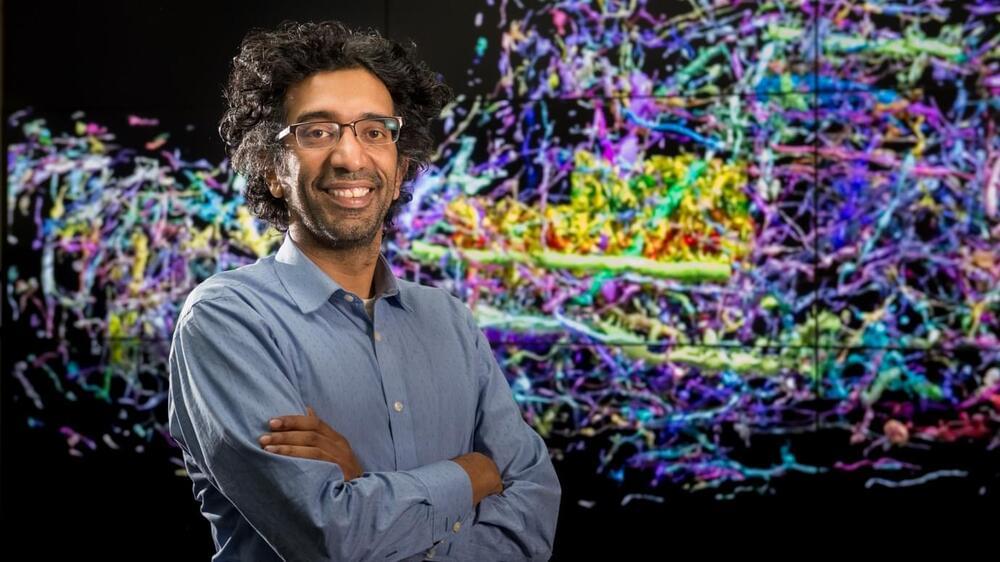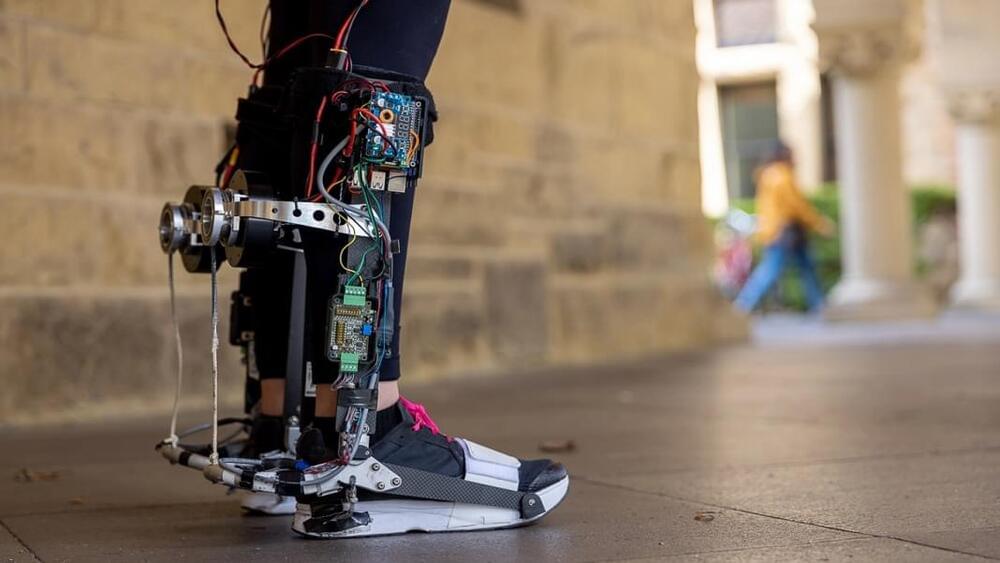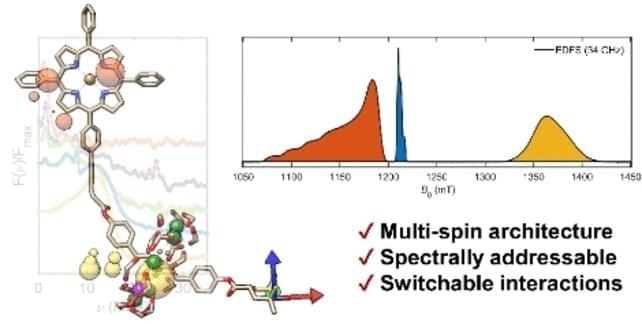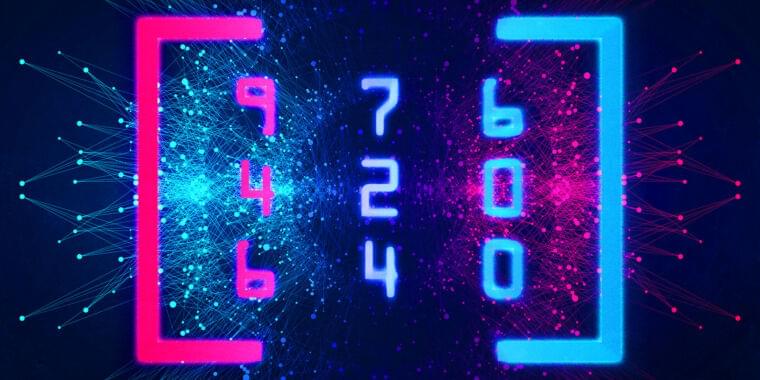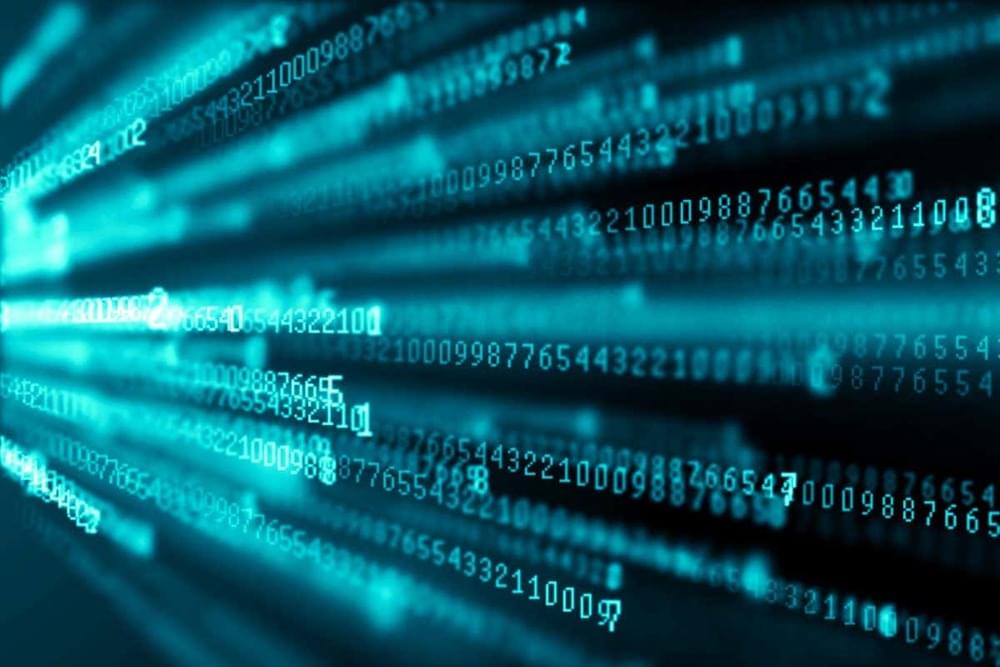Oct 18, 2022
New tool allows scientists to peer inside neutron stars
Posted by Quinn Sena in categories: information science, physics, space
Imagine taking a star twice the mass of the sun and crushing it to the size of Manhattan. The result would be a neutron star—one of the densest objects found anywhere in the universe, exceeding the density of any material found naturally on Earth by a factor of tens of trillions. Neutron stars are extraordinary astrophysical objects in their own right, but their extreme densities might also allow them to function as laboratories for studying fundamental questions of nuclear physics, under conditions that could never be reproduced on Earth.
Because of these exotic conditions, scientists still do not understand what exactly neutron stars themselves are made from, their so-called “equation of state” (EoS). Determining this is a major goal of modern astrophysics research. A new piece of the puzzle, constraining the range of possibilities, has been discovered by a pair of scholars at IAS: Carolyn Raithel, John N. Bahcall Fellow in the School of Natural Sciences; and Elias Most, Member in the School and John A. Wheeler Fellow at Princeton University. Their work was recently published in The Astrophysical Journal Letters.
Continue reading “New tool allows scientists to peer inside neutron stars” »


